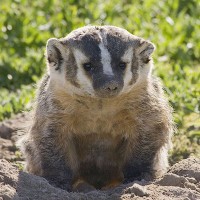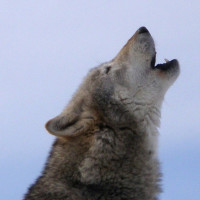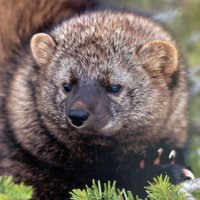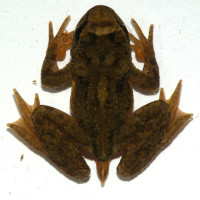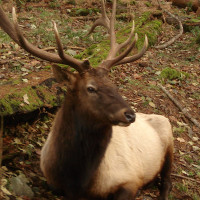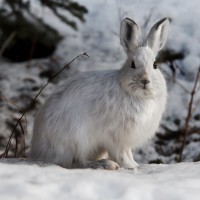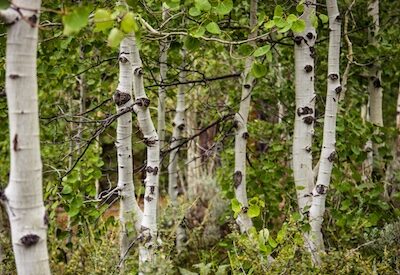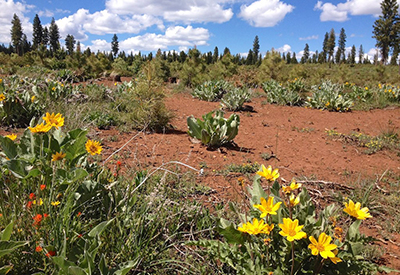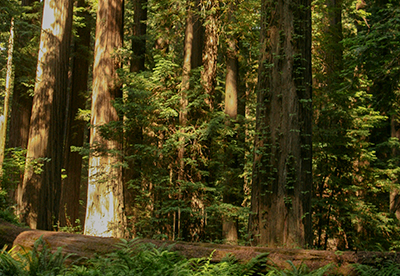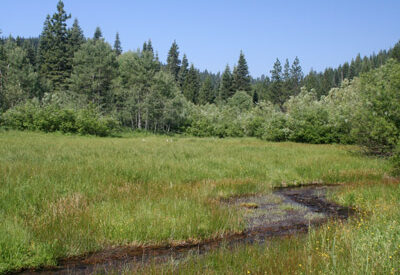Douglas Fir Habitat
Douglas fir forests support an abundance of wildlife, including the highest average bird counts for North American forest types. The presence and abundance of plant and animal species found within Douglas fir habitat is highly dependent on the climate, moisture, soil, topography, and disturbance history of each site.
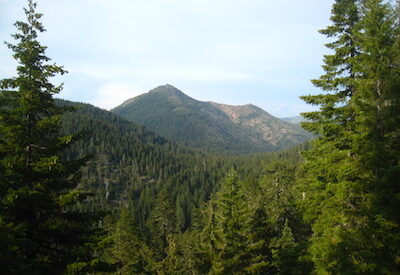
QUICK FACTS
- Two varieties of the Douglas fir species exist:
Coast Douglas fir (Pseudotsuga menziesii var. menziesii) – which grows in wet, coastal and inland areas from California up into Canada. This variety can grow up to 250 feet tall and reach 5-6 feet in diameter.
Rocky Mountain Douglas fir (Pseudotsuga menziesii var. glauca) – which grows on cool, dry, interior mountain ranges from New Mexico up into Canada. This variety can grow up to 115-150 feet tall and reach about 3 feet in diameter.
- Douglas fir habitats support an abundance of wildlife, including the northern spotted owl and marbled murrelet.
- Wildfires return to this habitat type after widely varying lengths of time throughout its range, depending on local moisture conditions, climate, and topography.
About Douglas Fir Forest Habitat
Douglas fir forests can be found throughout the western United States. Their range is generally divided into two components — inland, mountainous regions where the Rocky Mountain variety of Douglas fir can be found and coastal areas where the coast Douglas fir variety thrives.
Coast Douglas fir forest habitat extends from California up into British Columbia and from the Klamath and Cascade mountain ranges west to the Pacific Ocean. This species is commonly mixed in with other trees including tanoak, Pacific madrone, Ponderosa pine, incense cedar, white fir, and black oak.
Rocky Mountain Douglas fir forests extend from the northern Rocky Mountains into the northwestern United States and Canada. This species typically has a wealth of associated species, including Ponderosa pine, sugar pine, incense cedar, and white fir though extensive, pure stands can be found in the Rocky Mountains.
Douglas fir forests are common throughout the species’ range due to their ability to regenerate after major disturbances such as wildfire and timber harvests. These trees are important economically because they yield desirable timber products. Despite their abundance, Douglas fir species are at the epicenter of a contentious debate in the Pacific Northwest due to past management that removed many old-growth stands and reduced overall landscape diversity, to the detriment of a number of wildlife species as well.
Photos: Image #1 by the Bureau of Land Management, Image #2 by Chris M. Morris.
Why Conserve this Habitat?
Douglas fir habitat, particularly areas containing the coast Douglas fir variety, is one of the most productive forest types in the world. Today, Douglas fir is one of the world’s most economically important timber trees due to its quick growth as well as the versatility and usefulness of the wood produced from this species.
Douglas fir forests are also home to important sensitive plant and animal species, including the northern spotted owl and marbled murrelet. Both of these animals nest in mature trees making it important to find a balance between keeping old-growth stands in tact and managing this habitat type for timber production.
How We Conserve this Habitat
Our central mission is to maintain healthy, diverse, and productive forests. As one of the most economically important forest types in the United States that also provides homes to many significant and sensitive animal species, Douglas fir forests are a key habitat type that we work tirelessly to conserve.
Explore What We Do

Conserve Forests
We work with landowners to conserve well-managed forests, building resilient landscapes.
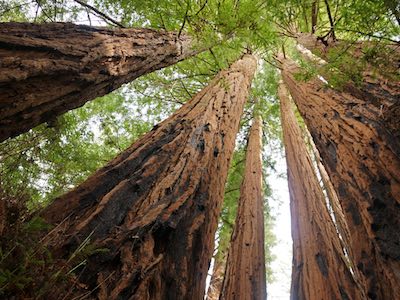
Advance Climate Solutions
We protect, restore, and sustain forests to mitigate climate change and help species adapt.
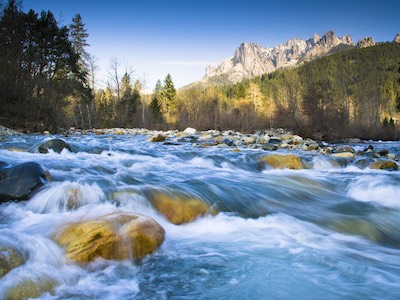
Protect Water Sources
We ensure water security by protecting forests that provide life-sustaining water to millions.
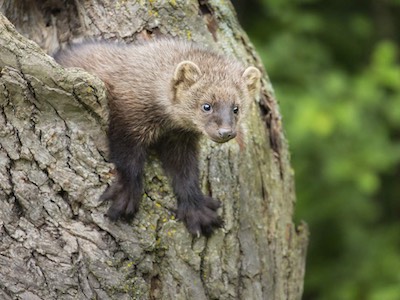
Save Wildlife Habitat
We conserve and restore habitat to protect the animals and plants that depend on forests.

